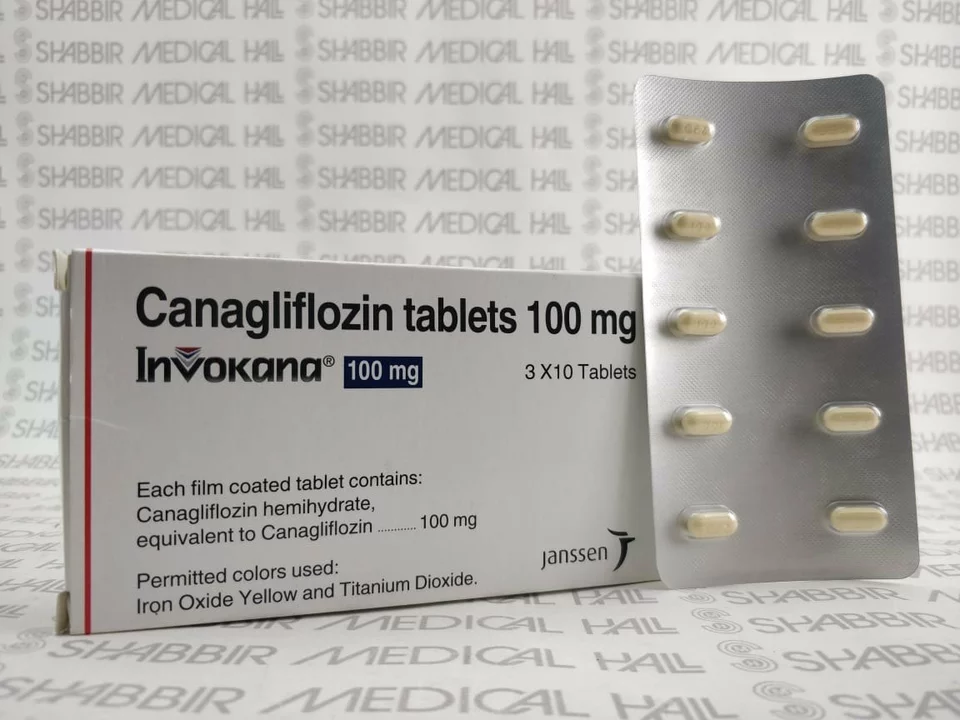Canagliflozin (Invokana): what it does and who it helps
Canagliflozin — often sold as Invokana — is a diabetes medicine many people use to lower blood sugar when diet and other drugs don’t do enough. It belongs to a class called SGLT2 inhibitors. In plain terms: it helps your kidneys remove extra glucose through urine. That sounds simple, but it can change your day-to-day blood sugar control and, for some people, help with weight and heart or kidney risk factors.
How canagliflozin works and who it's for
Canagliflozin blocks a protein in the kidney (SGLT2) so less sugar is reabsorbed into the blood. You pee out more glucose, and blood sugar comes down. Doctors usually prescribe it for adults with type 2 diabetes. If you have type 1 diabetes, end-stage kidney disease, or very low kidney function, it’s probably not right for you. Tell your doctor about heart or kidney problems — some patients get added benefit for heart failure or slowing kidney disease, but your clinician decides if it fits your case.
Benefits, dosing, and what to watch for
People pick canagliflozin because it lowers A1C, may help shed a few pounds, and can modestly lower blood pressure. Typical starting doses are 100 mg once daily before the first meal; some people move to 300 mg if tolerated and needed. Side effects to expect: lightheadedness (if blood pressure drops), frequent urination, urinary tract infections, and yeast infections. A rarer but serious risk is diabetic ketoacidosis (DKA) even with moderate blood sugars — get urgent care for nausea, vomiting, belly pain, or fast breathing. Also mention any history of amputations or poor circulation to your doctor; some studies linked canagliflozin to a small rise in amputation risk in certain groups.
Drug interactions matter. Combining canagliflozin with diuretics, ACE inhibitors, or other blood pressure meds can increase dizziness or low blood pressure. If you use insulin or sulfonylureas, watch for low blood sugar and learn how to adjust doses safely with your clinician.
Practical tips: take it same time each day with your first meal, stay hydrated, check for signs of infection, and keep routine kidney tests as your doctor recommends. If you plan surgery or expect low food intake, tell your care team — they may pause SGLT2 therapy to reduce DKA risk.
Buying tips: use licensed pharmacies and keep prescriptions current. If you shop online, pick verified pharmacies with clear contact info and prescription checks. Avoid deals that look too good to be true; counterfeit meds are common on shady sites. If you need help understanding pricing or alternatives, eDrugstore.com has guides and links to trustworthy services.
If you think canagliflozin might help you, talk to your doctor. They’ll weigh benefits, kidney function, heart history, and other meds to decide if it’s a fit. Ask about monitoring, side effects to watch for, and when to call for help.




